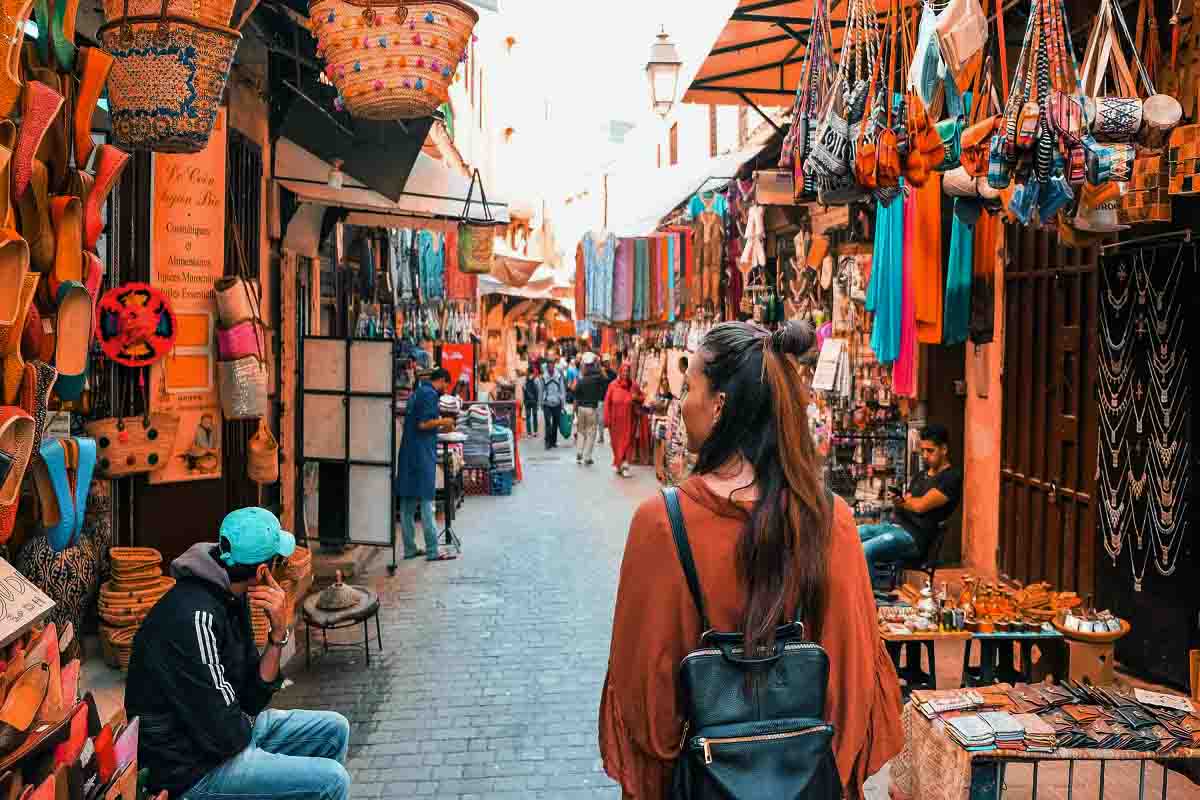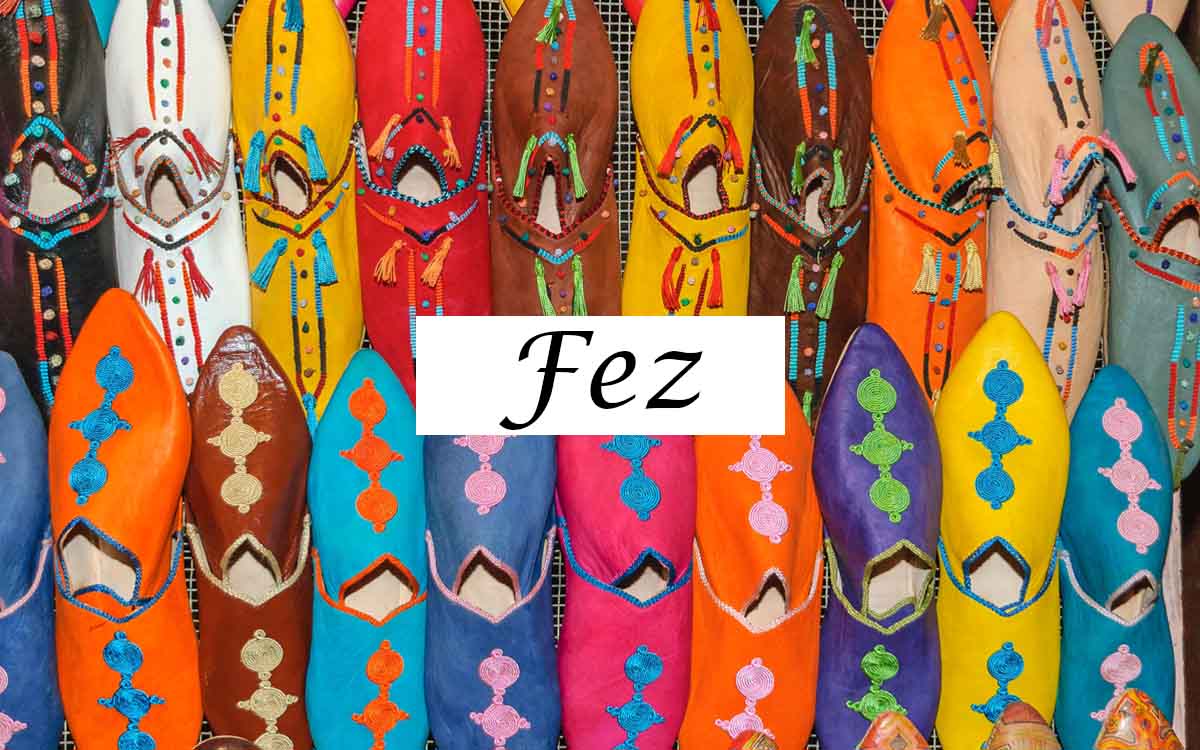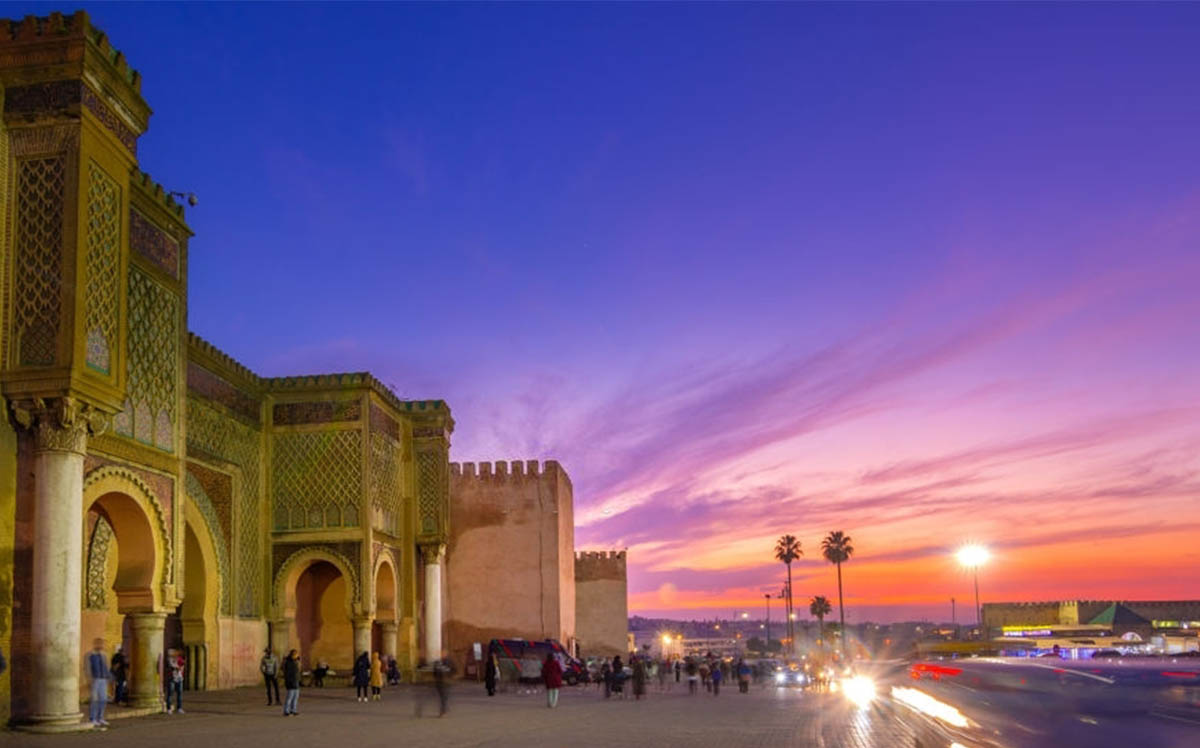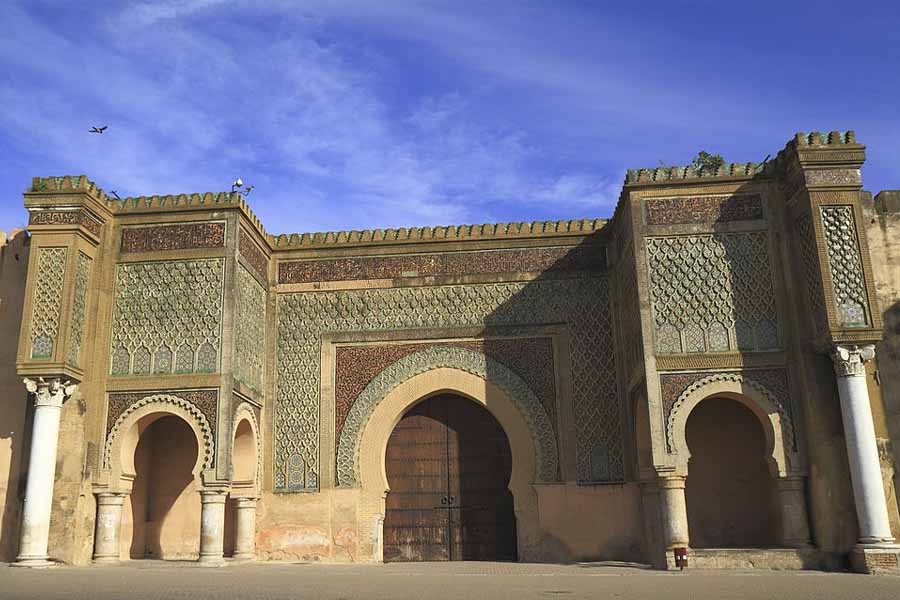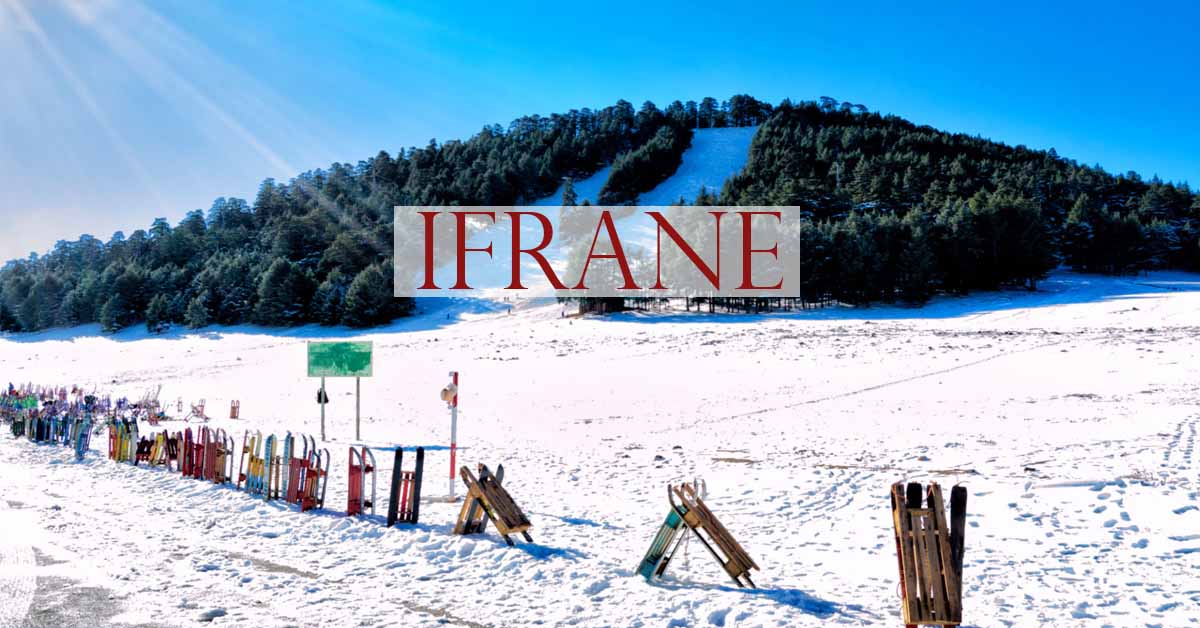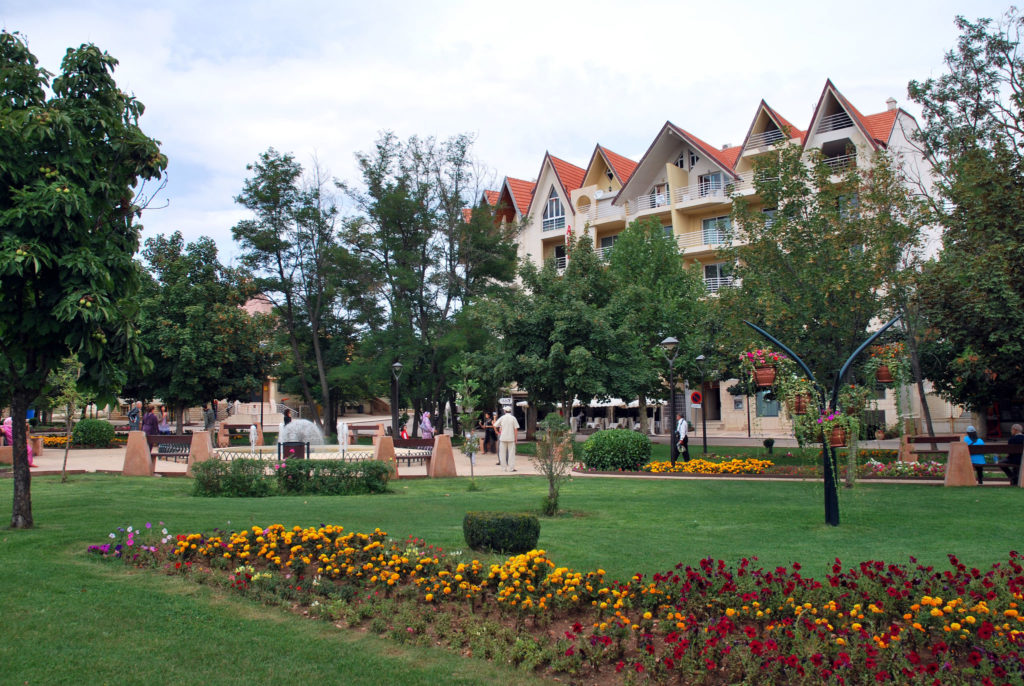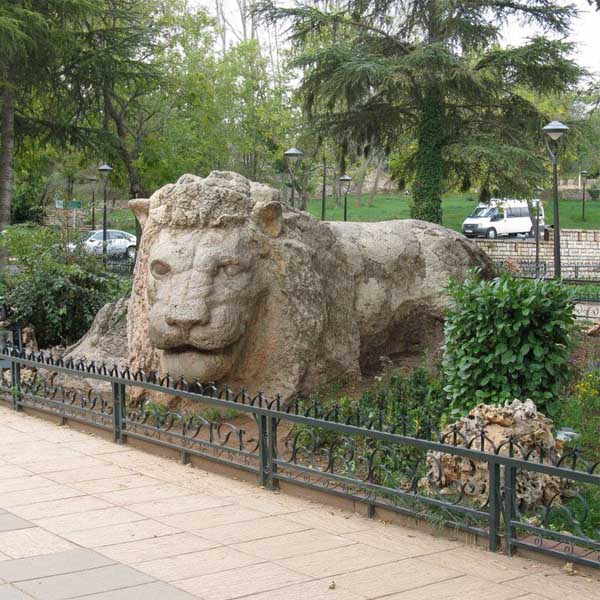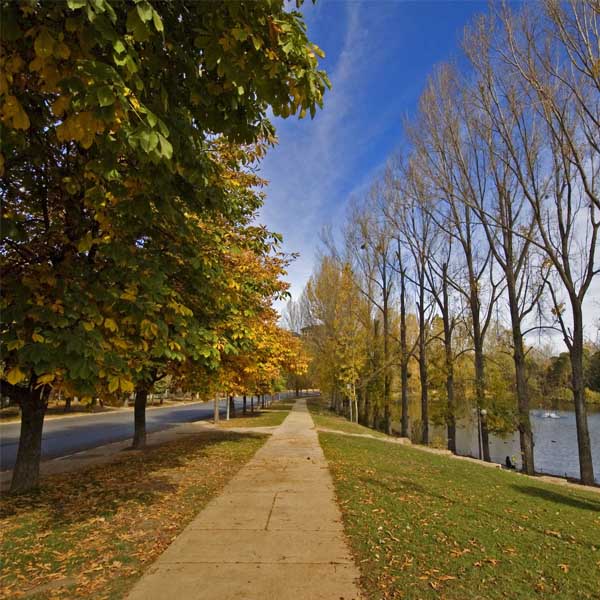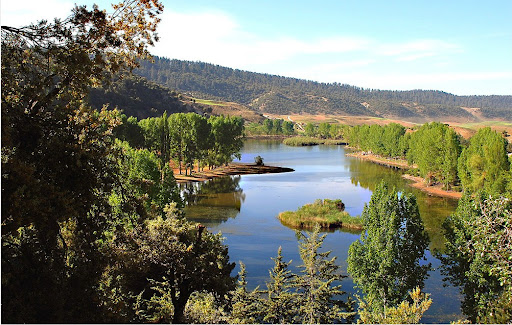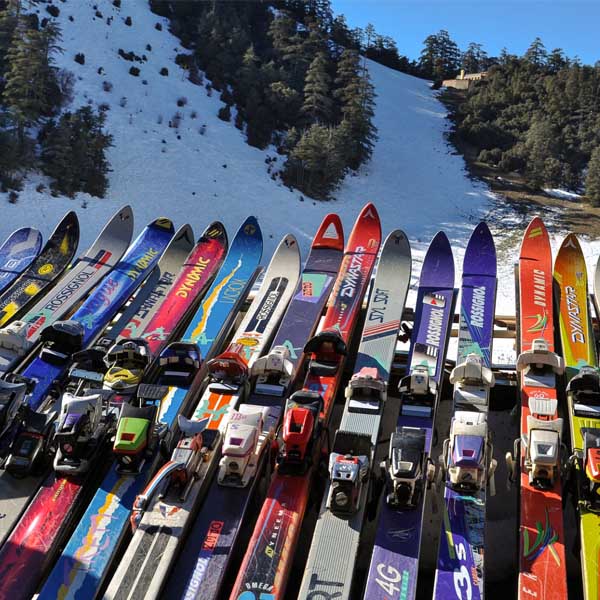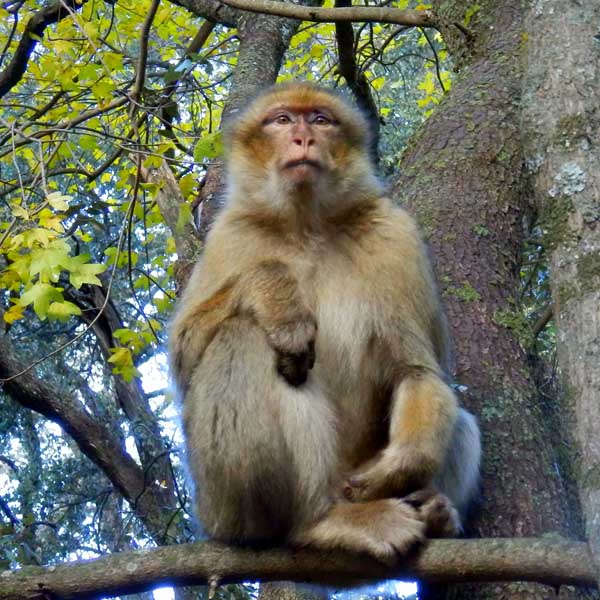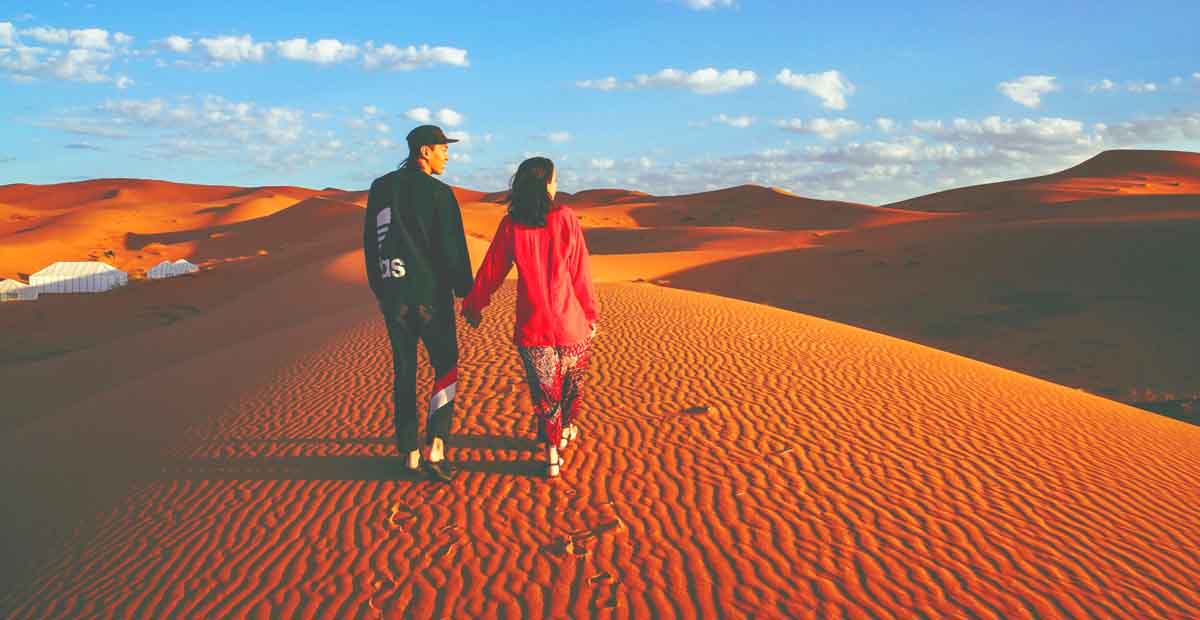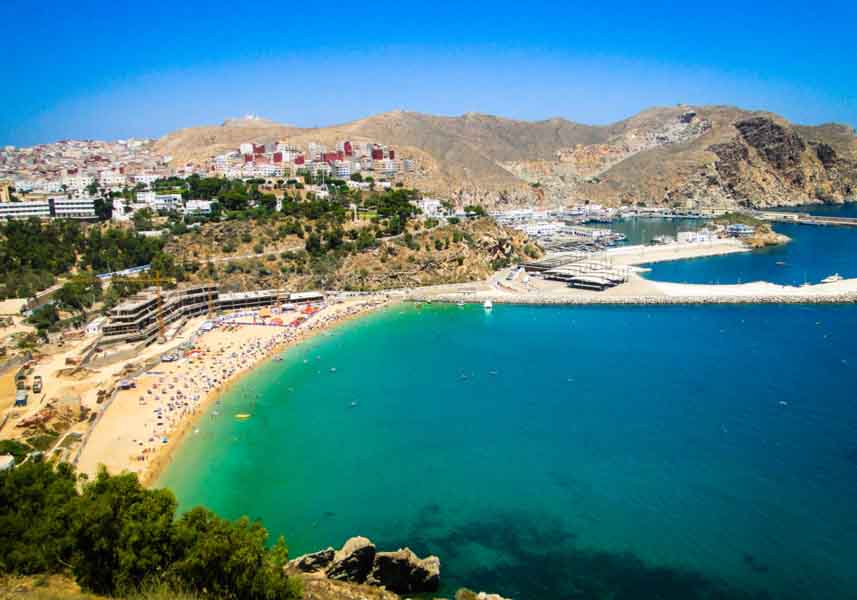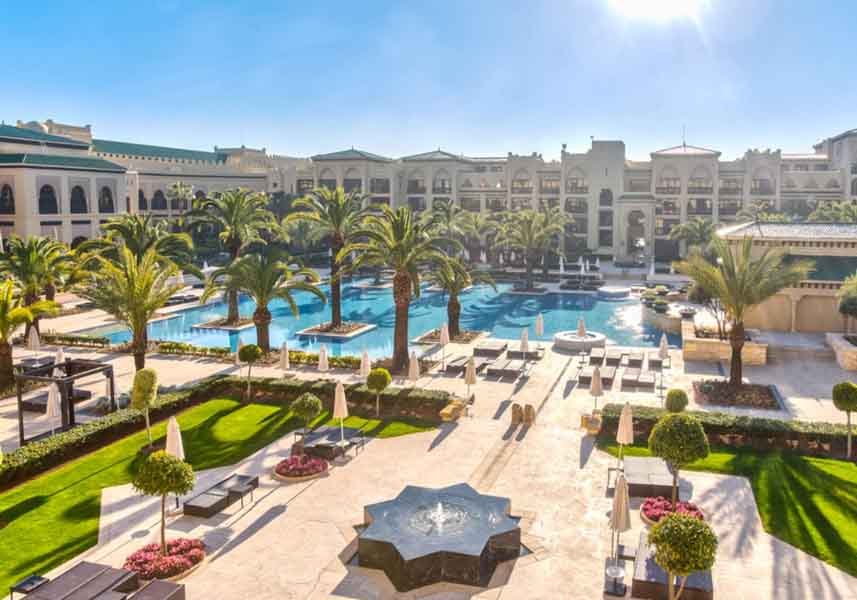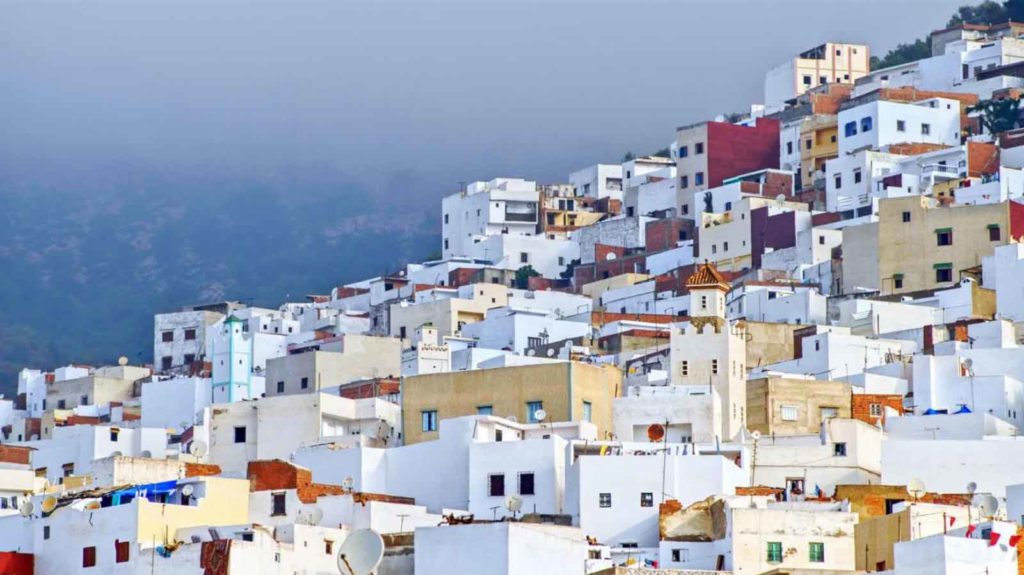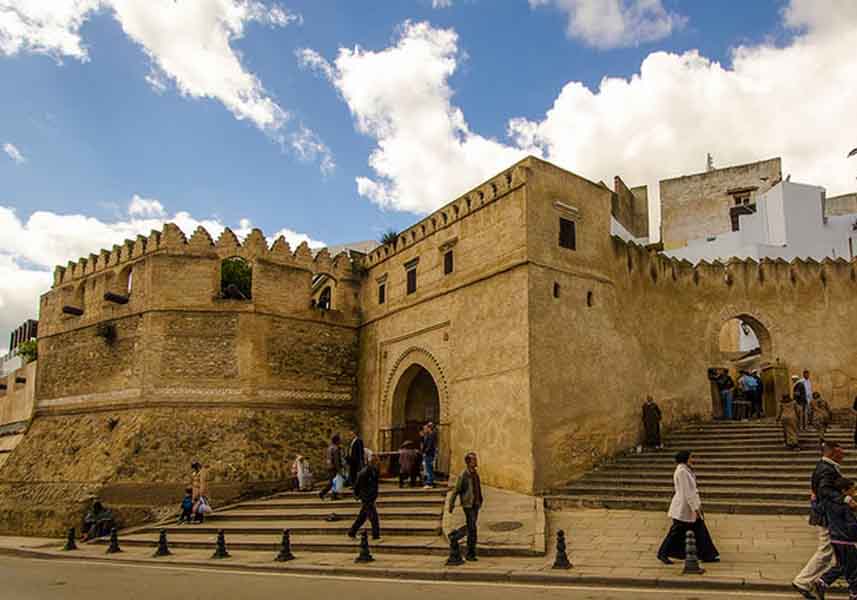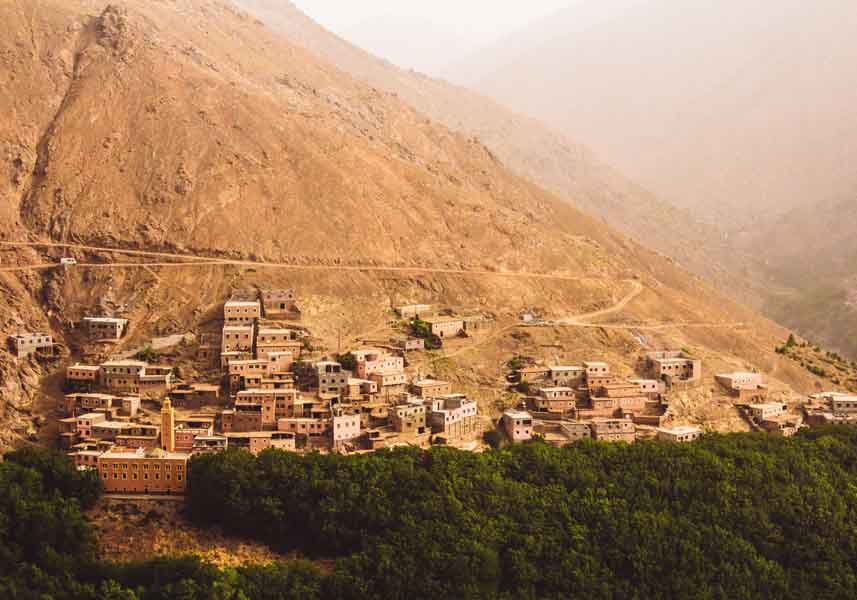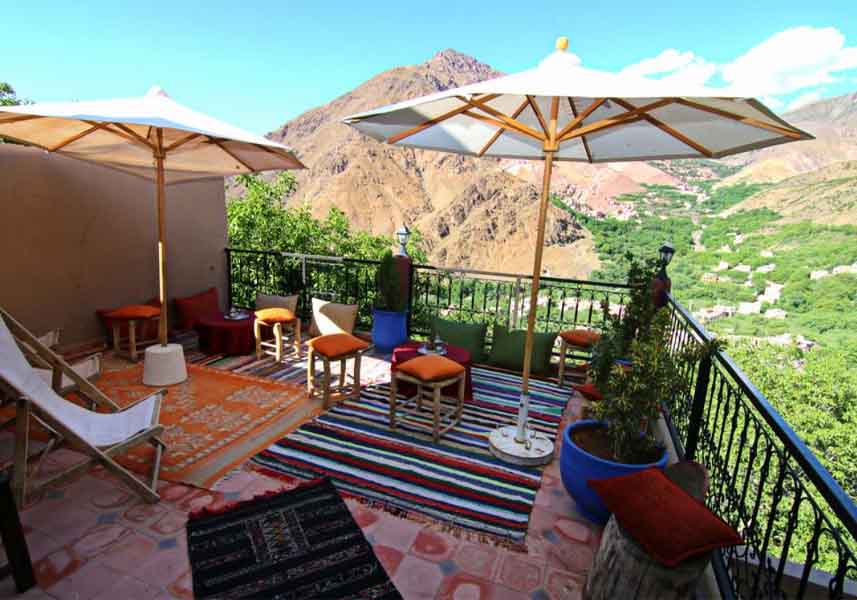Discover Morocco’s finest natural hot springs and thermal baths: your ultimate tourism guide
Medical tourism is a growing industry, where Morocco’s natural hot springs are highly valued for their healing properties.
To relieve their ailments and feel refreshed, ancient societies gathered at these natural hot springs and bathed in the healing waters. This cherished custom continues today, as adventurous travelers swarm to the renowned thermal oasis.
Morocco’s thermal baths,known as “Ain el Hammam” in Arabic, offer a unique blend of relaxation, rejuvenation, and cultural immersion. With over 117 thermal springs across six thermal zones (North-East, Rif and South-Rif, Center, Middle Atlas, High Atlas, and Anti-Atlas and Sahara), only 29 have been scientifically analysed. Among these, we count 6 thermal centers: Abaynou, Ain Allah, Ain Salama, Fezouane, Sidi Harazem and, of course, Moulay Yacoub.
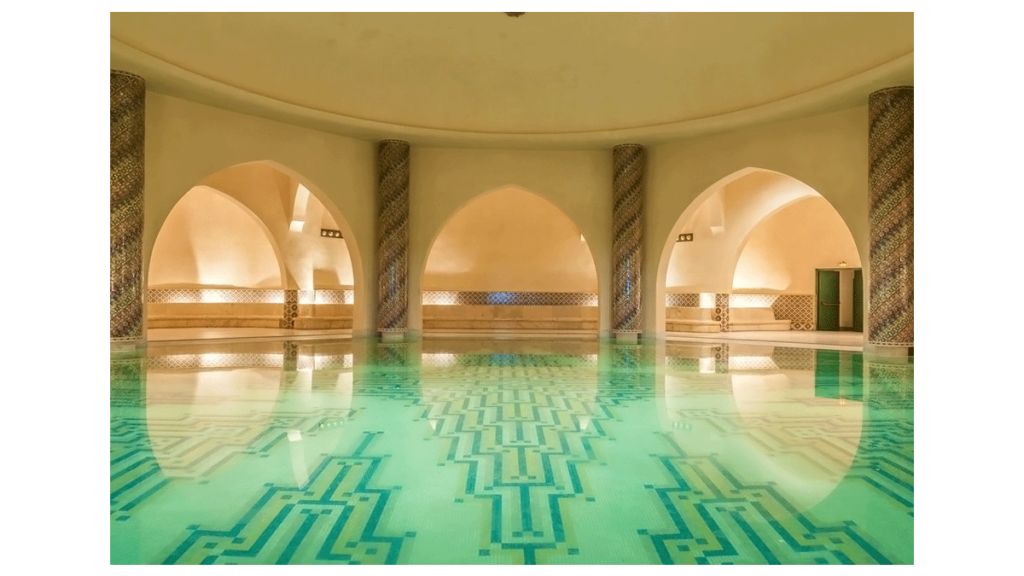
6 Best Natural Hot Springs in Morocco
#1 : Moulay Yacoub, Fez
Moulay Yacoub, Morocco’s largest and most visited natural hot spring, is located 20 km northwest of Fez. Its hot mineralized waters originates at a depth of 1,500 meters. The water is very hot at its spring (54°C) but it is cooled down to 38°C for use in the thermal center. Free of pollution and everyday stress, it offers a genuine invitation to relaxation.
Medical effects: Rich in sulfur, natrium, calcium, and magnesium, Moulay Yacoub thermal water’s high temperature has sedative, analgesic and anti-contracture effects that help treat arthritis and chronic tendinitis. In dermatology, it is relevant as part of psoriasis, burn aftereffects, acne, and neurodermatitis.
« When psoriasis is treated early, Moulay Yacoub’s thermal water brings very good results. Slightly radioactive, it has amazing anti-inflammatory virtues » says Dr. Raouf Belefqih.
- When to visit: Spring (March-May) and fall (September-November) for mild weather and a relaxing experience at the hot springs.
- Precautions: Avoid peak midday heat in summer, stay hydrated, and bring warm clothing in winter evenings.
#2 : Abaynou, Guelmim
Located 15 km southwest of Guelmim, in the middle of a palm and olive trees oasis, this station features separate pools for men and women, reception services, and accommodations. A new tourist center near the source and a campsite offer several tourist services and activities.
Mineral Benefits: Physico-chemical analyses showed that the waters are rich in calcium, magnesium, sodium, potassium, chloride, nitrate, sulfate and carbon duoxide. These characteristics allow the treatment of certain dermal and rheumatic conditions and offer potential benefits for skin health, muscle relaxation, and joint pain.
- When to visit: Shoulder seasons (April-May or September-October) to avoid peak crowds. Spring and autumn offer warm days and cool nights, while summers can be scorching.
- Precautions: Be mindful of uneven surfaces, respect local customs, and opt for private pools if preferred.
#3 : Ain Allah, Fez
The source of Ain Allah is situated 14 km from Fez. The water from this hot natural spring in Morocco is very hot, with a temperature of 30°C, extracted from a 1,650-meter-deep borehole. While the water is mainly used for irrigation or to supply swimming pools, the site is known for natural exfoliation and massage activities carried out in Morocco’s thermal spas.
Mineral Benefits: The waters contains sulfur, iron, and magnesium, which are beneficial for skin conditions and muscle relaxation.
- When to visit: Visit during Ramadan evenings for a unique experience, witnessing vibrant post-fasting celebrations and enjoying traditional delicacies.
- Precautions: Dress modestly and be mindful of crowds during religious holidays.
#4 : Ain Salama, Meknes
The Meknes-Tafilelt region is blessed with a precious natural hot spring, located 13 km from Meknes near Oued El Kell. Ain Salama is a popular tourist destination featuring a well-appointed pool, baths, showers and a children’s play area.
Mineral Benefits: Rich in calcium, magnesium, sodium, potassium, chloride, nitrate, sulfate and bicarbonate, These waters are known to relieve stress, enhance blood circulation, and boost energy.
- When to visit: Visit during the off-season (November-March) to avoid crowds and enjoy the tranquility of the mountains. Combine your trip with trekking or exploring nearby Berber villages.
- Precautions: Be aware of mountain terrain, wear proper footwear, and check weather conditions before hiking.
#5 : Fezouane, Berkane
Morocco’s natural hot spring, Fezouane, located 10 km from Berkane, emerged from intense volcanic activity at the end of the Tertiary and the beginning of the Quaternary periods. Receiving approximately 10,000 visitors annually, its multiple pools offer varying temperatures surrounded by lush greenery and an adjacent park, making it perfect for family outings.
Mineral Benefits: Its waters belong to the group of calco-magnesian bicarbonates. They are renowned for healing liver, skin, kidneys, and rheumatism ailments.
- When to visit: Weekdays are less crowded, pack a picnic lunch and make a day of it with the family.
- Precautions: When visiting Fezouane thermal baths, wear sturdy shoes for exploring its natural landscapes. Stay hydrated, avoid prolonged exposure to hot waters, and carry sufficient water and snacks, as amenities might be limited.
#6 : Sidi Harazem, Fez
Located 30 km east of Fez, Sidi Harazem is the second spa resort in the Fez-Boulemane region. Discovered during Roman times, its relationship with Moroccan consumers spans centuries due to its curative virtues. Sidi Harazem is the first mineral water bottled and marketed in Morocco, since 1968.
- Medical effects: The thermo-mineral water of Sidi Hrazem (SH) is traditionally used for its diuretic properties, effective in treating kidney stones.
- When to visit: Spring (March-May) or fall (September-November) for pleasant weather and a peaceful spa experience.
For those seeking an escape from today’s fast-paced world, Morocco’s natural hot springs and natural spas offer ultimate rest, relaxation, and renewal. From traditional collective hammams to luxurious spas in major cities, indulge in moments of intense relaxation.
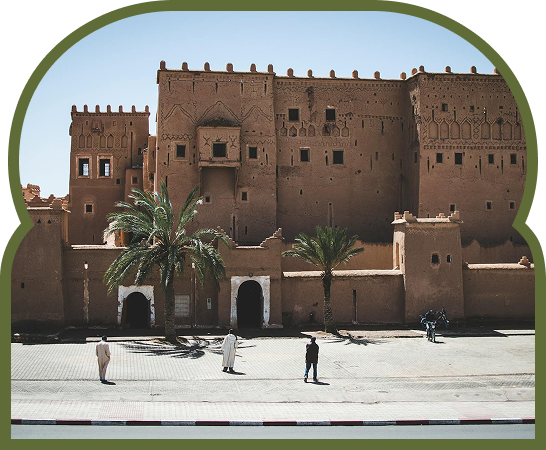
Moroccan Tourism
The Best Morocco’s
Natural Hot Springs
and Thermal Baths
The Best Morocco’s Natural Hot Springs and Thermal Baths
Discover Morocco’s finest natural hot springs and thermal baths: your ultimate tourism guide
Share
Discover Morocco’s finest natural hot springs and thermal baths: your ultimate tourism guide
Medical tourism is a growing industry, where Morocco’s natural hot springs are highly valued for their healing properties.
To relieve their ailments and feel refreshed, ancient societies gathered at these natural hot springs and bathed in the healing waters. This cherished custom continues today, as adventurous travelers swarm to the renowned thermal oasis.
Morocco’s thermal baths,known as “Ain el Hammam” in Arabic, offer a unique blend of relaxation, rejuvenation, and cultural immersion. With over 117 thermal springs across six thermal zones (North-East, Rif and South-Rif, Center, Middle Atlas, High Atlas, and Anti-Atlas and Sahara), only 29 have been scientifically analysed. Among these, we count 6 thermal centers: Abaynou, Ain Allah, Ain Salama, Fezouane, Sidi Harazem and, of course, Moulay Yacoub.
Medical tourism is a growing industry, where Morocco’s natural hot springs are highly valued for their healing properties.
To relieve their ailments and feel refreshed, ancient societies gathered at these natural hot springs and bathed in the healing waters. This cherished custom continues today, as adventurous travelers swarm to the renowned thermal oasis.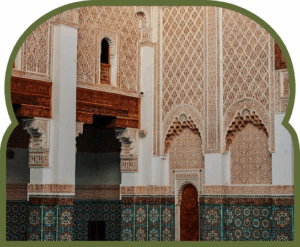 Morocco’s thermal baths,known as “Ain el Hammam” in Arabic, offer a unique blend of relaxation, rejuvenation, and cultural immersion. With over 117 thermal springs across six thermal zones (North-East, Rif and South-Rif, Center, Middle Atlas, High Atlas, and Anti-Atlas and Sahara), only 29 have been scientifically analysed. Among these, we count 6 thermal centers: Abaynou, Ain Allah, Ain Salama, Fezouane, Sidi Harazem and, of course, Moulay Yacoub.
Morocco’s thermal baths,known as “Ain el Hammam” in Arabic, offer a unique blend of relaxation, rejuvenation, and cultural immersion. With over 117 thermal springs across six thermal zones (North-East, Rif and South-Rif, Center, Middle Atlas, High Atlas, and Anti-Atlas and Sahara), only 29 have been scientifically analysed. Among these, we count 6 thermal centers: Abaynou, Ain Allah, Ain Salama, Fezouane, Sidi Harazem and, of course, Moulay Yacoub.
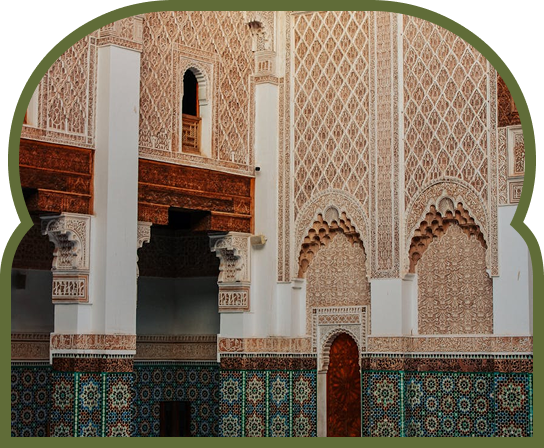
6 Best Natural Hot Springs in Morocco
Moulay Yacoub, Fez
Moulay Yacoub, Fez
Moulay Yacoub, Morocco’s largest and most visited natural hot spring, is located 20 km northwest of Fez. Its hot mineralized waters originates at a depth of 1,500 meters. The water is very hot at its spring (54°C) but it is cooled down to 38°C for use in the thermal center. Free of pollution and everyday stress, it offers a genuine invitation to relaxation.
Medical effects: Rich in sulfur, natrium, calcium, and magnesium, Moulay Yacoub thermal water’s high temperature has sedative, analgesic and anti-contracture effects that help treat arthritis and chronic tendinitis. In dermatology, it is relevant as part of psoriasis, burn aftereffects, acne, and neurodermatitis.
« When psoriasis is treated early, Moulay Yacoub’s thermal water brings very good results. Slightly radioactive, it has amazing anti-inflammatory virtues » says Dr. Raouf Belefqih.
When to visit: Spring (March-May) and fall (September-November) for mild weather and a relaxing experience at the hot springs.
Precautions: Avoid peak midday heat in summer, stay hydrated, and bring warm clothing in winter evenings.
Abaynou, Guelmim
Located 15 km southwest of Guelmim, in the middle of a palm and olive trees oasis, this station features separate pools for men and women, reception services, and accommodations. A new tourist center near the source and a campsite offer several tourist services and activities.
Mineral Benefits: Physico-chemical analyses showed that the waters are rich in calcium, magnesium, sodium, potassium, chloride, nitrate, sulfate and carbon duoxide. These characteristics allow the treatment of certain dermal and rheumatic conditions and offer potential benefits for skin health, muscle relaxation, and joint pain.
When to visit: Shoulder seasons (April-May or September-October) to avoid peak crowds. Spring and autumn offer warm days and cool nights, while summers can be scorching.
Precautions: Be mindful of uneven surfaces, respect local customs, and opt for private pools if preferred.
Ain Allah, Fez
The source of Ain Allah is situated 14 km from Fez. The water from this hot natural spring in Morocco is very hot, with a temperature of 30°C, extracted from a 1,650-meter-deep borehole. While the water is mainly used for irrigation or to supply swimming pools, the site is known for natural exfoliation and massage activities carried out in Morocco’s thermal spas.
Mineral Benefits: The waters contains sulfur, iron, and magnesium, which are beneficial for skin conditions and muscle relaxation.
When to visit: Visit during Ramadan evenings for a unique experience, witnessing vibrant post-fasting celebrations and enjoying traditional delicacies.
Precautions: Dress modestly and be mindful of crowds during religious holidays.
Sidi Harazem, Fez
Located 30 km east of Fez, Sidi Harazem is the second spa resort in the Fez-Boulemane region. Discovered during Roman times, its relationship with Moroccan consumers spans centuries due to its curative virtues. Sidi Harazem is the first mineral water bottled and marketed in Morocco, since 1968.
Medical effects: The thermo-mineral water of Sidi Hrazem (SH) is traditionally used for its diuretic properties, effective in treating kidney stones.
When to visit: Spring (March-May) or fall (September-November) for pleasant weather and a peaceful spa experience.
For those seeking an escape from today’s fast-paced world, Morocco’s natural hot springs and natural spas offer ultimate rest, relaxation, and renewal. From traditional collective hammams to luxurious spas in major cities, indulge in moments of intense relaxation.
Fez
Meknes
Guelmim
DarDif.com
A team of ambitious people write about the Moroccan tourism and share the
knowledge about the beauty of Morocco.

DarDif.com
A team of ambitious people write about the Moroccan tourism and share the knowledge about the beauty of Morocco.
Join to our mailing list to get Updates and Special Deals only available via Email
Join to our mailing list to get Updates and Special Deals only available via Email
From Private Desert Odysseys to Hidden Medina Retreats
Blog
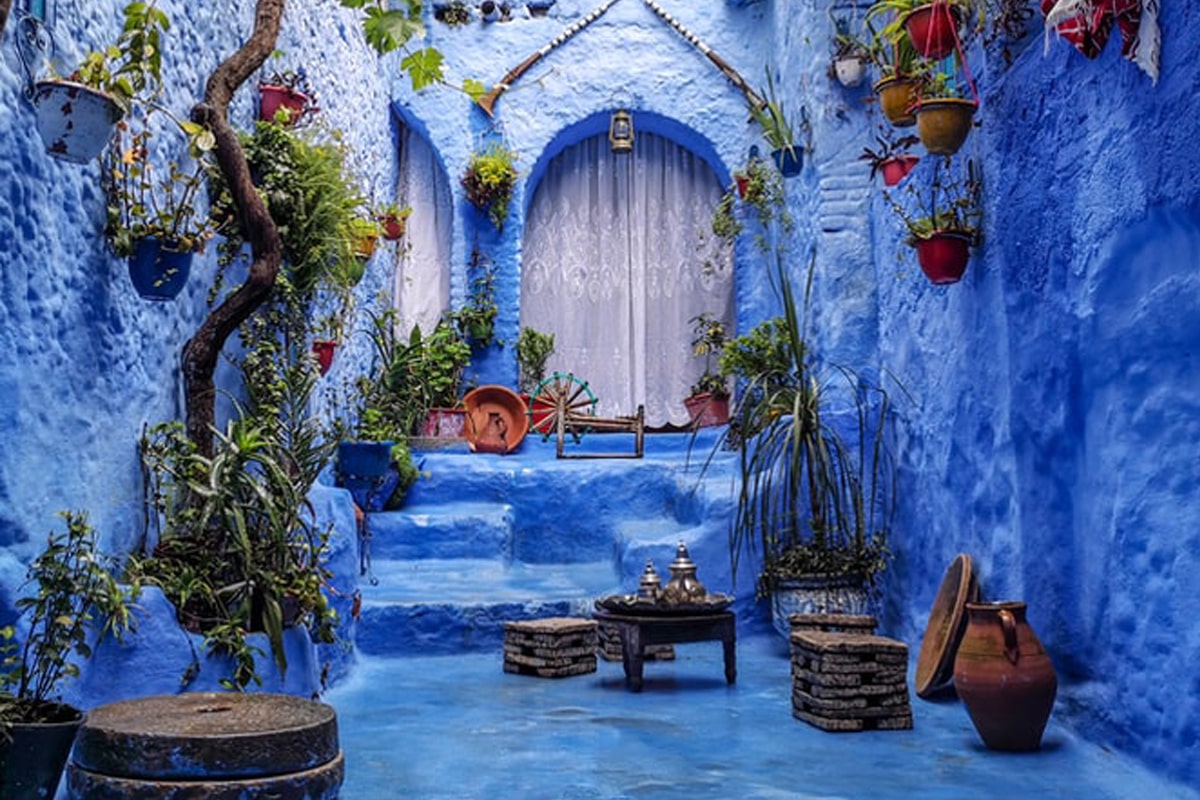
The best things to do in Chefchaouen (Underrated places)
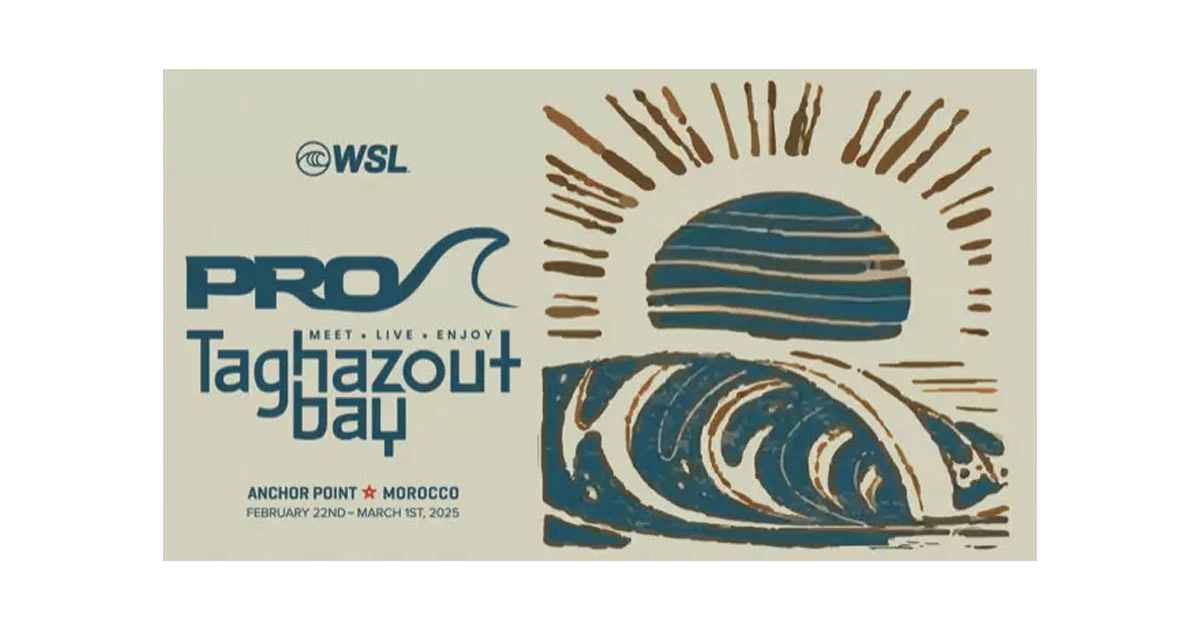
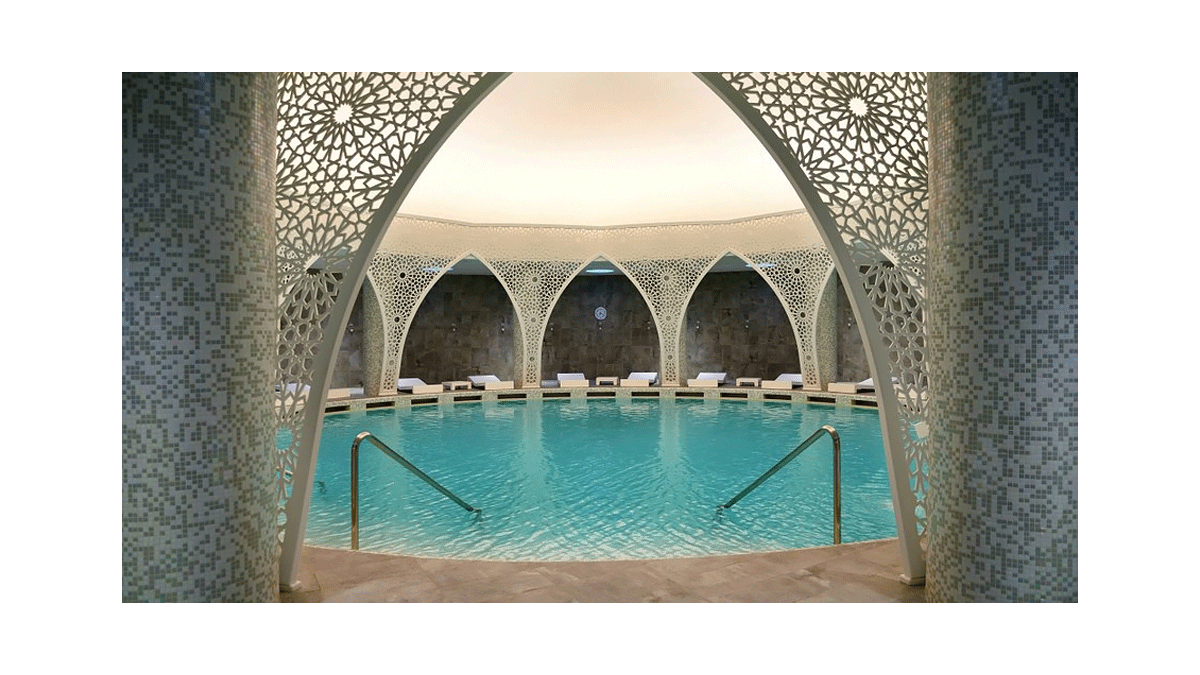
The Best Morocco’s Natural Hot Springs and Thermal Baths
From Private Desert Odysseys to Hidden Medina Retreats
Other articles

The best things to do in Chefchaouen (Underrated places)

From Private Desert Odysseys to Hidden Medina Retreats
Ready to Write Your Morocco
Story?

The Morocco you’ve
always imagined –
designed around you.
Tell us what you love,
what you’re curious
about, what you
absolutely want
(or want to avoid).


We’ll take it from there.
No templates. No stress.
Just a journey that fits you.
From Private Desert Odysseys to Hidden Medina Retreats
Ready to Write Your Morocco Story?

The Morocco you’ve
always imagined –
designed around you.
Tell us what you love,
what you’re curious
about, what you
absolutely want
(or want to avoid).


We’ll take it from there.
No templates. No stress.
Just a journey that fits you.

